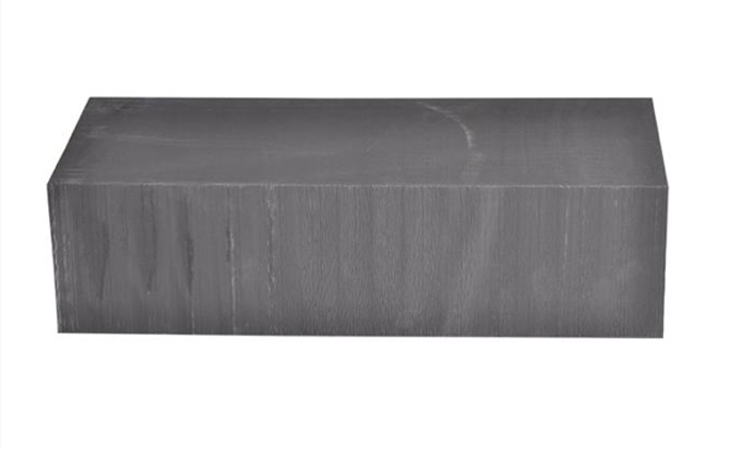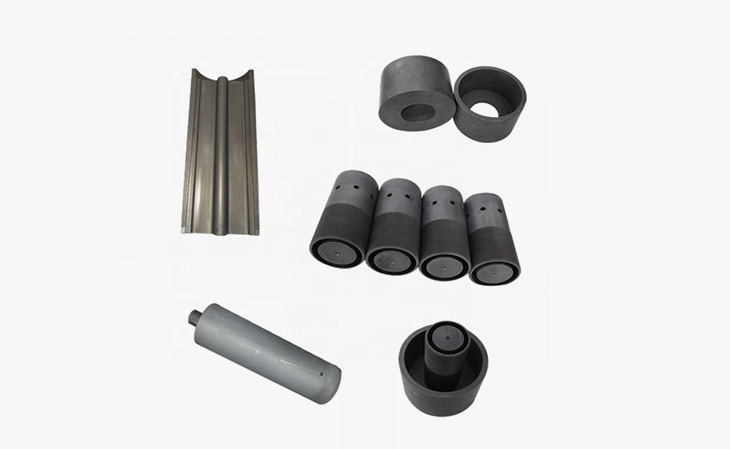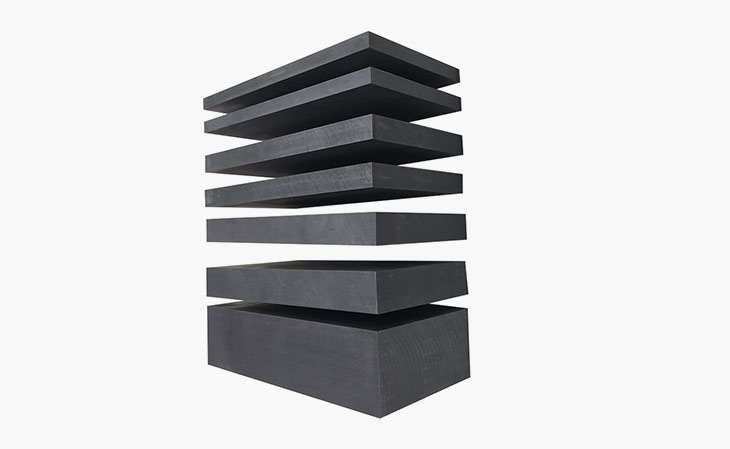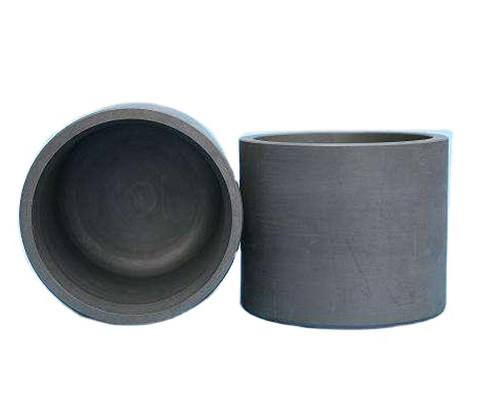The inherent pores of carbon graphite can be filled with various impregnants to enhance chemical, mechanical and tribological properties. Amorphous or free carbon is a very hard strong compound. The crystals exhibit a kind of fault disorder, which makes the material extremely wear-resistant. The strength and wear properties of this material make it of interest in certain applications. However, these advantages can also be a weakness, as carbon creates high frictional forces when rubbing against other surfaces.
Graphite, on the other hand, is softer and relatively weaker because the crystals are ordered and the spacing between single planes and stacks is closer. The graphite structure can be likened to a deck of cards, with each layer easily slipping off the deck. This phenomenon gives the material a self-lubricating ability that is unmatched by other materials and requires no external lubricant at all.
1. Processing carbon graphite
Carbon graphite is made by combining two forms of carbon with coal tar pitch. Coal tar pitch acts as a temporary binder, holding the two structures together during the compression molding process (uniaxial or isostatic pressing) that forms the near-net shape. After the forming operation, the parts are sintered at a temperature high enough to carbonize the coal tar pitch. The result is a fully carbon-bonded structure that contains the right proportions of carbon and graphite. This structure is extremely compressive and does not creep under load. Carbonization of the temporary adhesive leaves holes in the structure.
The formation of pores during the processing of carbon-graphite composites has several advantages. Depending on the material's intended use, these pores can be filled with resin, metal, carbon, or inorganic salts. These fillers are used to improve the strength, thermal conductivity and tribological properties of the material. Additionally, carbon graphite can be sintered to higher temperatures to convert the entire structure into graphite, providing particularly good performance in high-temperature, high-speed applications.
2. Material selection and applicability of carbon graphite
Loads, speeds, temperatures, mating materials, cost constraints and projected volumes are key factors to keep in mind when selecting materials. Dozens of base carbon materials are available, with hundreds of modifications that can be customized for specific designs and environments. General-purpose carbon graphite can be used at temperatures up to 260°C, while special grades offer resistance up to 538°C. Special carbons and impregnants for sealing applications in the temperature range of 260~538°C.
These materials are chemically inert, temperature resistant, lightweight, elastic, dimensionally stable and impermeable to gases and liquids. They can be moulded or machined to close tolerances, impregnated, electroplated, vulcanised into rubber and bonded or shrunk into housings or retainers - a truly versatile advanced material.
 English
English








